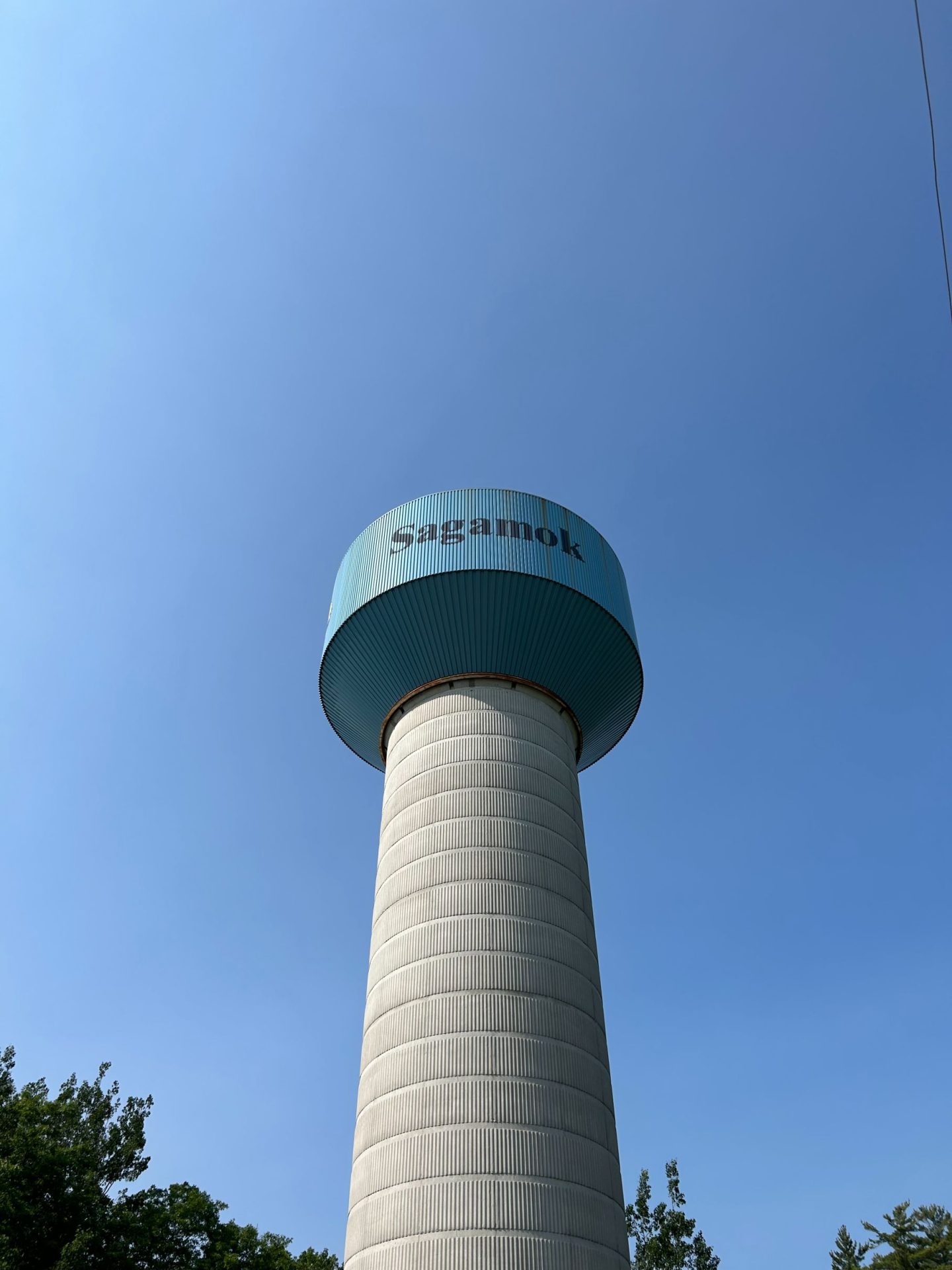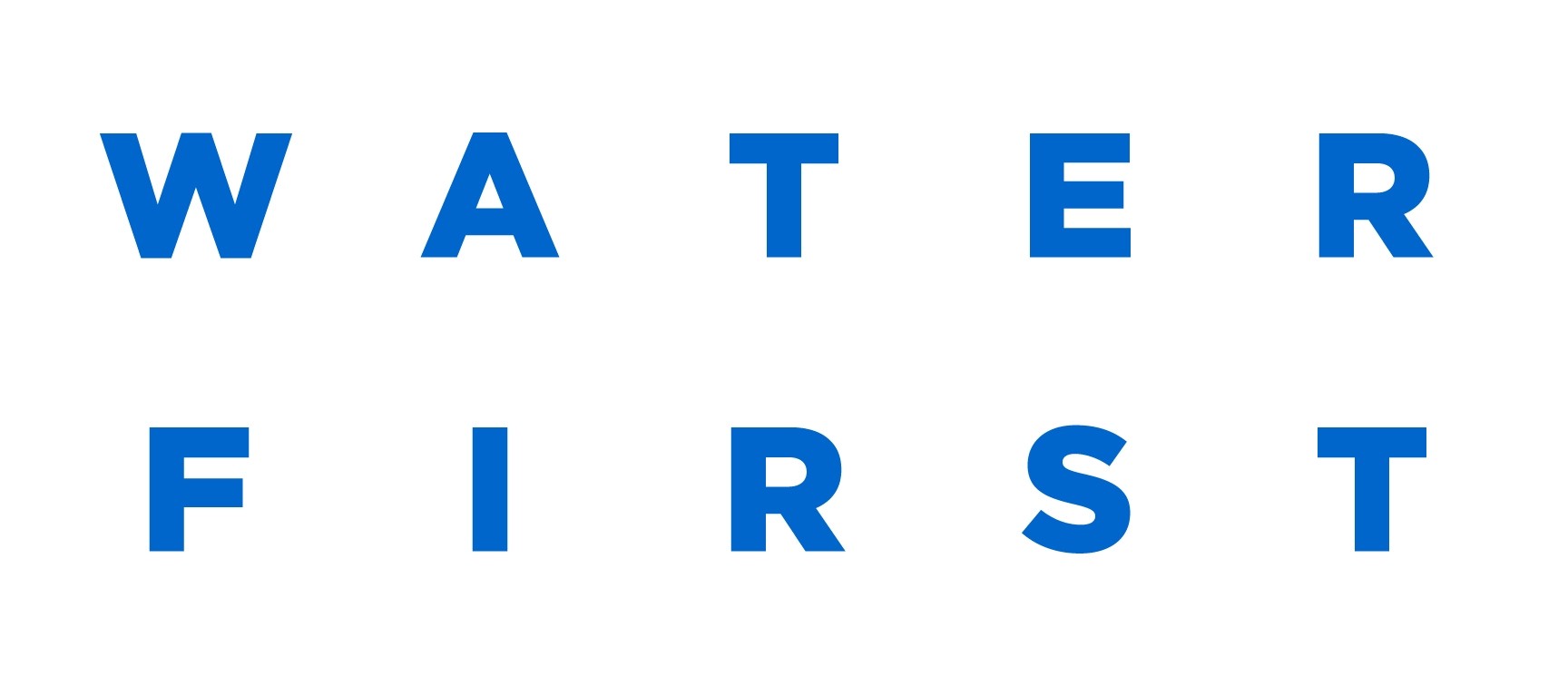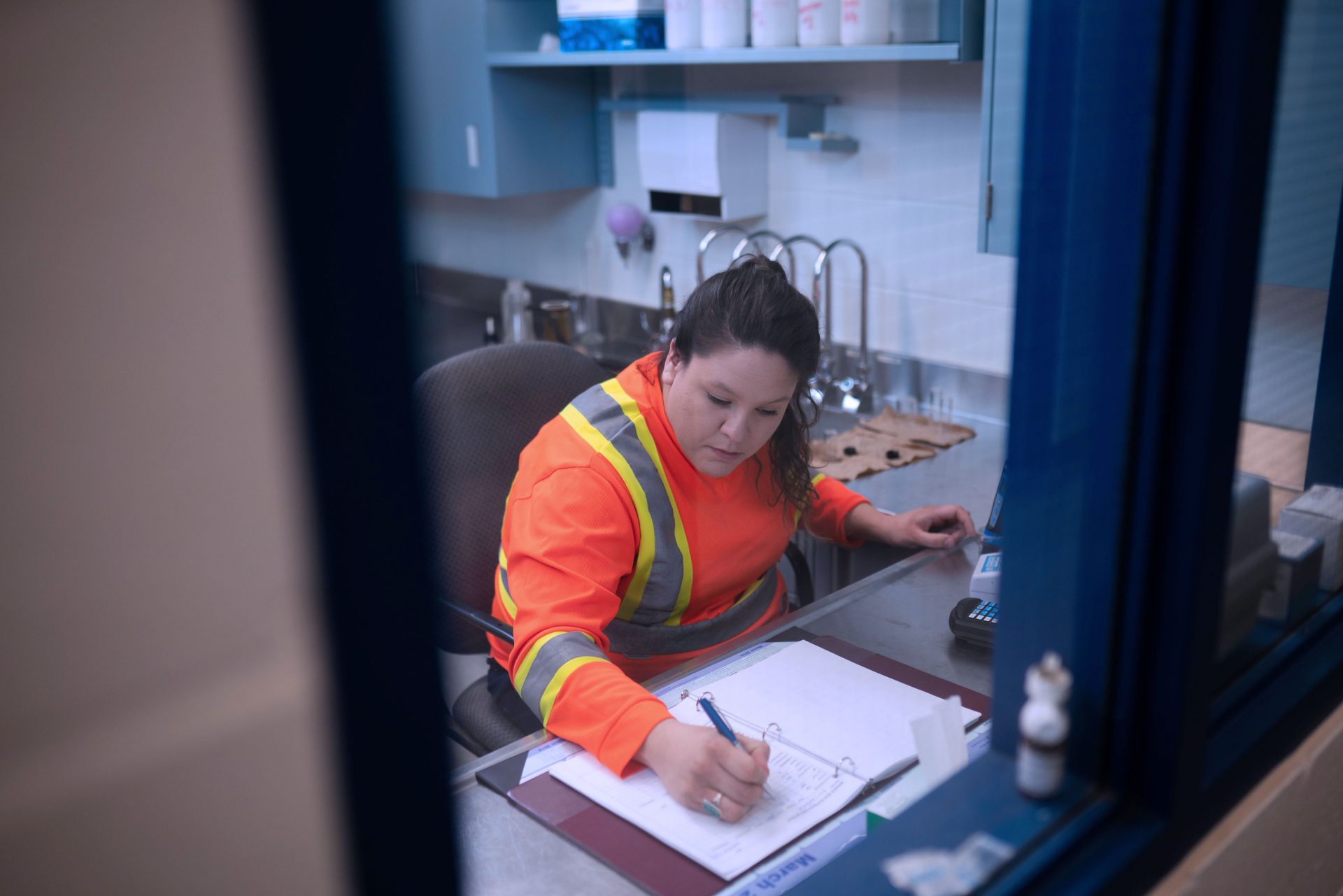Written by Mason Prout, Communications & Development Specialist at Water First
Sagamok Anishnawbek First Nation is located on the north shore of Lake Huron, in the stunning landscape along the Spanish River. It’s a community with more than 2,000 members – the largest First Nations community on the north shore, and the only one with a K-8 school. Water First has been partnering with Sagamok Anishnawbek over the past few years, and we’re continuing to build a strong relationship. Our Schools Program was in the community this June to deliver weeklong water science programs to students at the local school, Biidaaban Kinoomaagegamik, for the third year in a row.
But the Schools Program wasn’t the only Water First team in Sagamok Anishnawbek. For the first time in our history, all three of our program areas – the Schools Program, the Environmental Water Program, and the Drinking Water Internship Program – were happening at the same time in the same community, all working towards sustainable access to safe, clean water.
This year, I had the amazing opportunity to visit Sagamok Anishnawbek with the Schools Program to help deliver the workshop and see all our programs in action. I didn’t know it at the time, but I would also get to see the amazing adaptability of our team and the community in action as well.
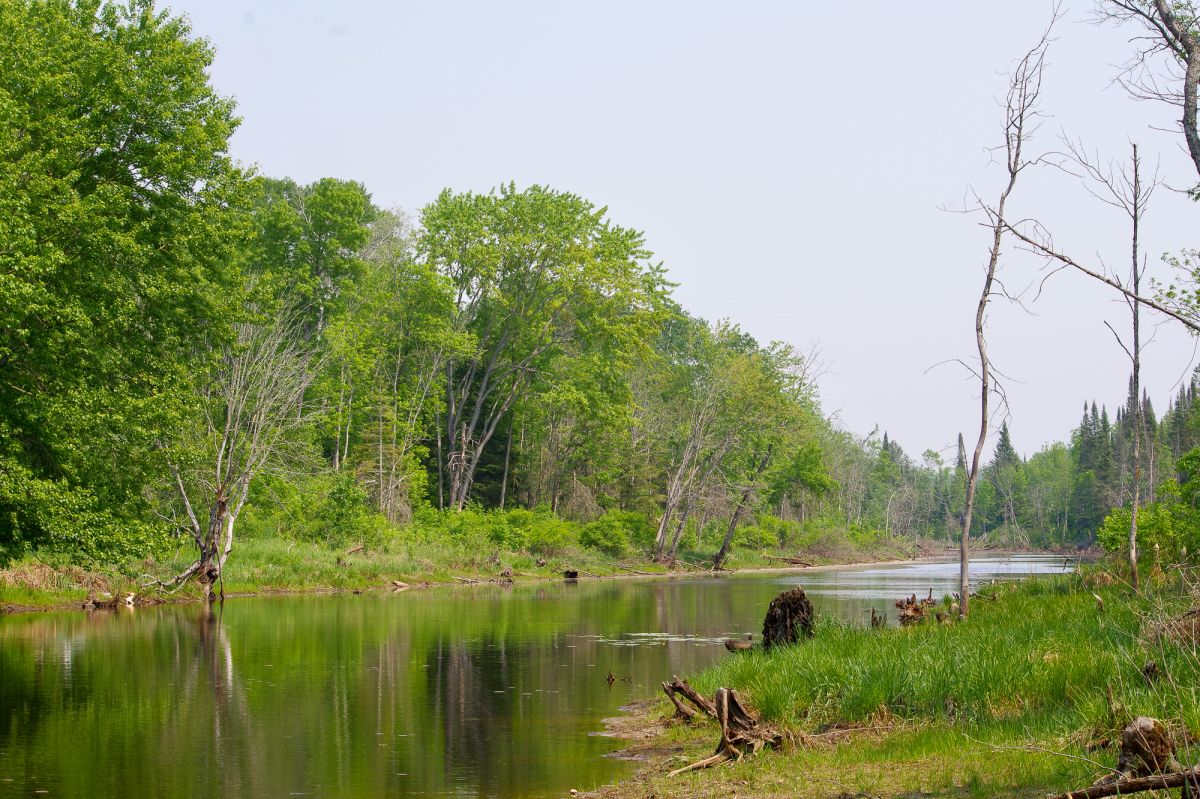
My trip to Sagamok Anishnawbek was a doozy – it’s a 10-hour drive from Thunder Bay – but everything was so beautiful that I didn’t mind. Scenic beaches, rugged rocky shoreline, and a road that seemed like it could go on forever. The skies were a little hazy, and I assumed smoke was drifting in from far-away fires.
Previous to this trip, I had visited Kenora twice to support the Drinking Water Internship Program, and also helped with a Schools Program in Thunder Bay, but this was my first time being part of the team delivering a program in a First Nations community. Working on the communications and fundraising teams at Water First for nearly 3 years, I typically support our programs from behind the scenes, but being able to support our programs in community is so important for giving me the real-world, on-the-ground context needed to do my job well, so I really appreciated an opportunity like this.
We were all excited to get started. So much was happening! Sarah Allemang, the program coordinator, led the programming with the school. The Drinking Water Internship Program, in partnership with Mamaweswen, the North Shore Tribal Council, is nearing its end after over a year of interns pursuing certifications and working in local water treatment plants. Elijah Toulouse, an intern from Sagamok Anishnawbek, is looking forward to potentially working at the community’s water treatment plant – where he’s been gaining experience throughout the program – after graduation. The Environmental Water Program was kicking off a new project to restore walleye spawning shoals, with help from local participants, Fabian and Max. Brooke Harrison, another Water First team member, was there to support the both Environmental and Drinking Water teams.
Safe, clean water in communities requires effort from many people working in different areas. Water First strives to create opportunities for Indigenous youth and young adults to collaborate with community members working in the field of water science, and this visit was shaping up to provide that opportunity.
The original plan was for students to visit Fort La Cloche – just a short drive away – to see what Fabian and Max were working on to support the health of local walleye populations, and to visit the local water treatment plant to learn from the people who keep the water safe and clean.
On the morning of our first day of programming, as we are preparing to start a much-anticipated week of cross-program collaborations, we received word that a forest fire had started close by at Fort La Cloche. We knew there were fires all over Ontario, but hadn’t realized we’d be affected by ones so close. More fires began to pop up north of the community, where Sagamok Anishnawbek owns and operates a tourism lodge. Fabian and Max, the two participants hired for the walleye project, are part of the local volunteer fire crew and were recruited to help control the fires.
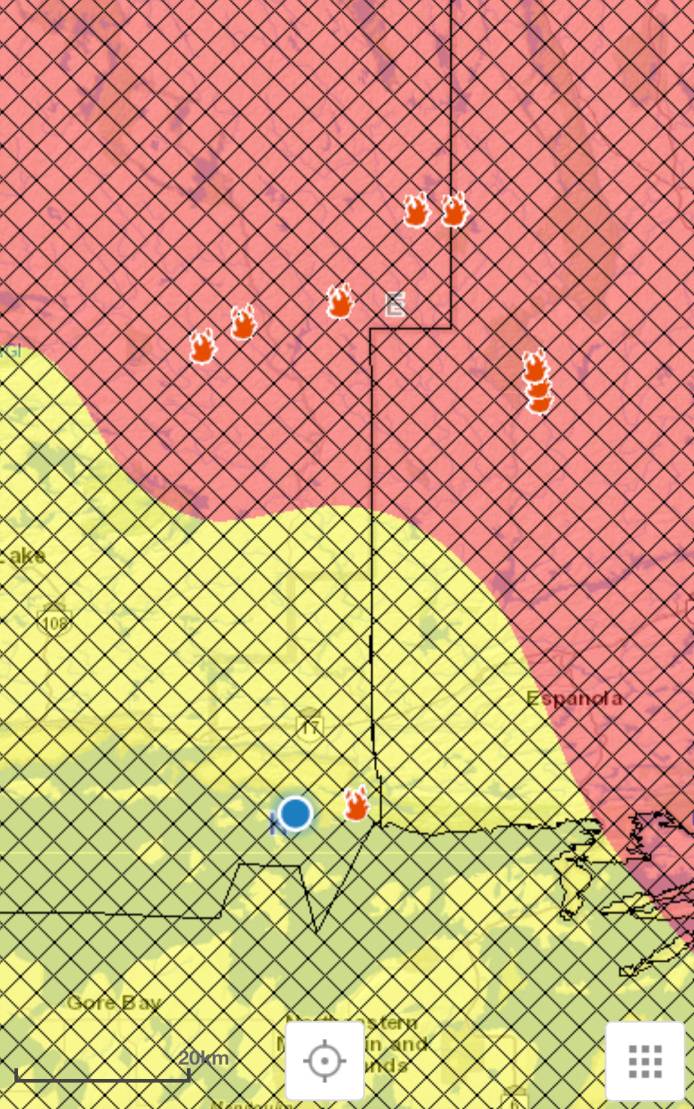
The skies were hazy, and the smell of fire was in the air all day. The entire community was on alert, and everyone was ready to help with whatever was needed. The Water First team looked to the community for guidance on what programs could proceed. The fish habitat project had to be put on hold for the week. The Schools Program was able to continue with workshops, although we had to adapt our programming since the planned collaborations with other Water First program areas wouldn’t be possible. Sarah, Brooke, and I all helped with daily prep, setup, takedown, and keeping the students engaged. We checked in with the school regularly to make sure we could do programming outside.
I honestly didn’t know how tiring this work could be! But I was excited to be there and help out in any way I could. I loved chatting with students while we were doing the activities and after the lessons were done.
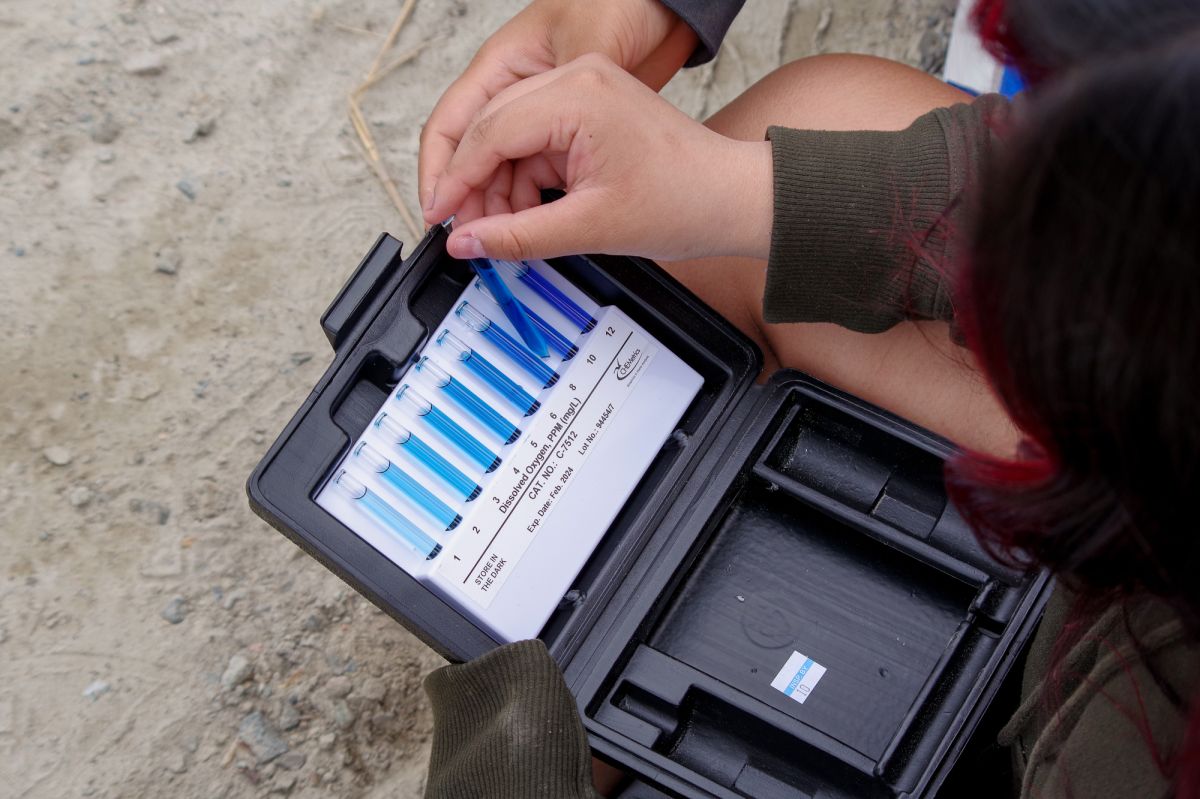
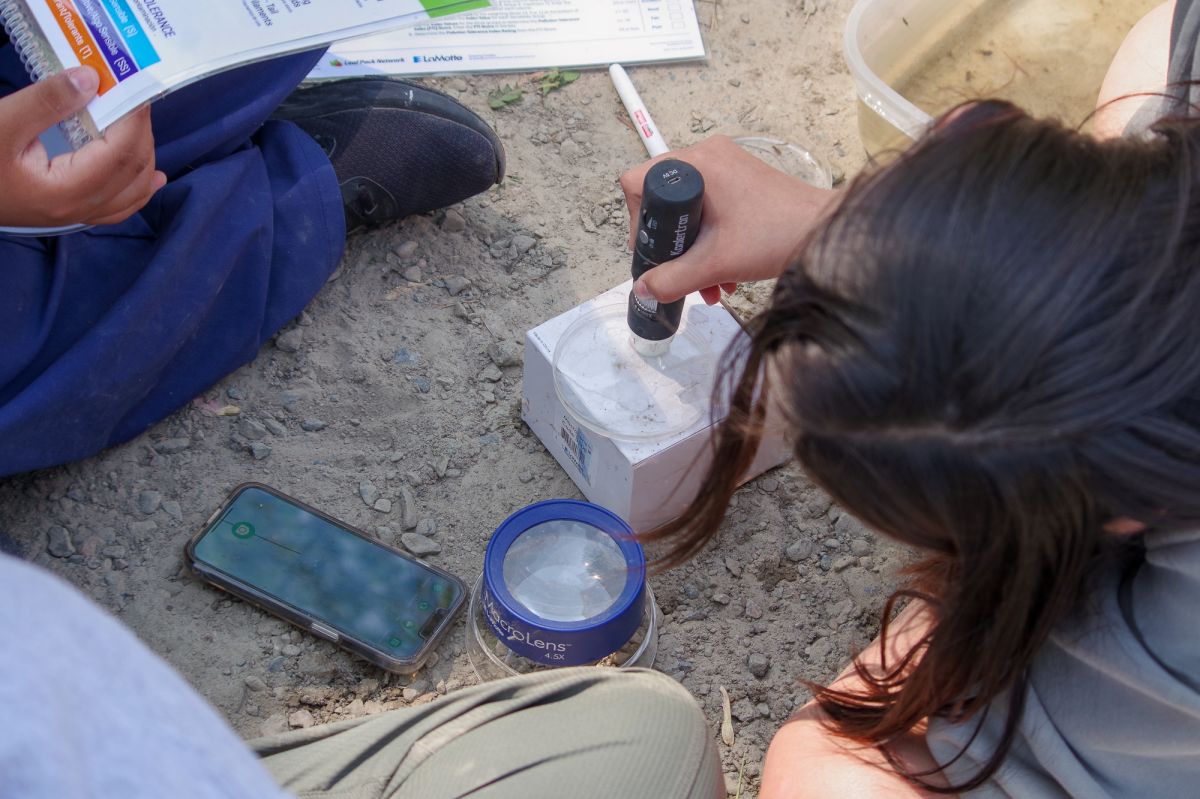
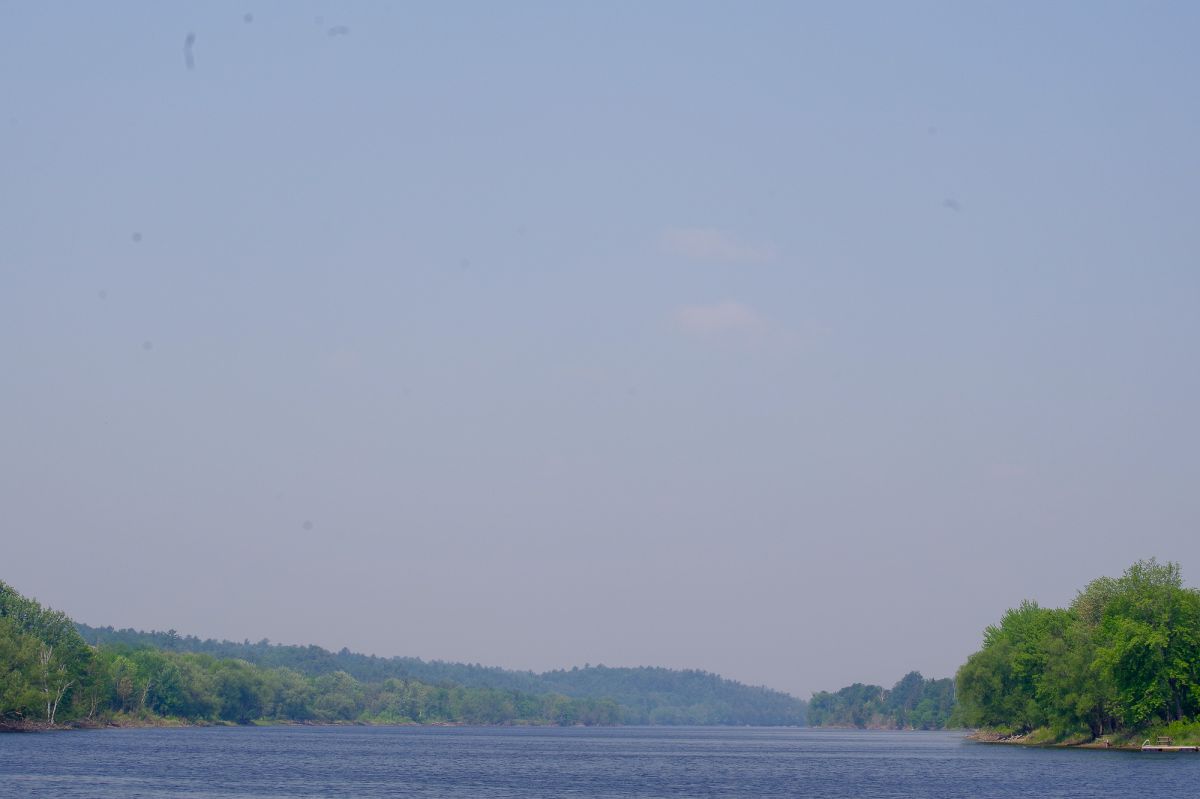
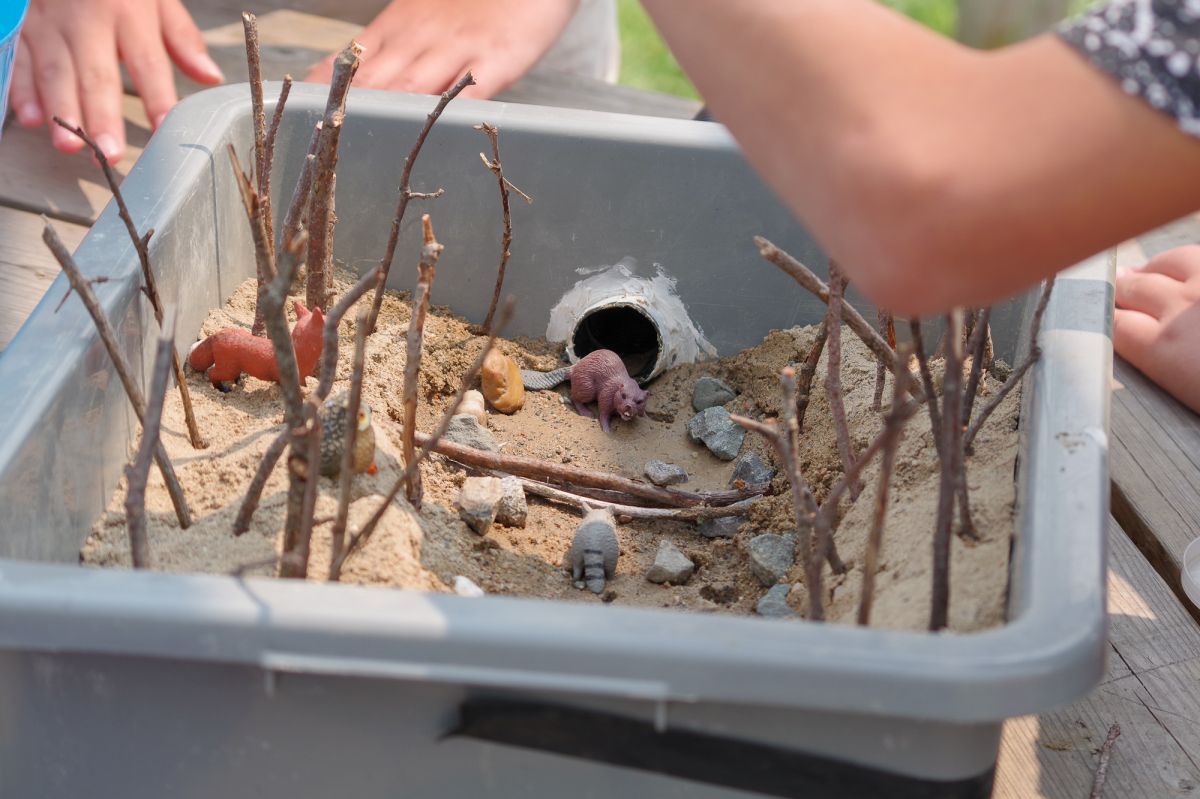
The wildfires put a twist into our plans for the week, and I quickly understood that’s just the reality of this kind of work. When you’re working in the field, Mother Nature will do her thing, or other challenges will arise that mean you have to change priorities or adapt plans.
These kinds of challenges also present opportunities for the community to come together to address a pressing challenge. And sometimes Water First is lucky to be there, in the community, to support these efforts.
At Water First, we’re led by community-identified priorities. We strive to be flexible, understanding, and supportive – even if all we can do is postpone a program so community members can focus on other priorities. We are honoured to be able to support community partners in any way we can.
Our Drinking Water Internship Program is another way we can support communities, especially when it comes to the increasing threat of wildfire. Drinking Water interns are training to become water operators, playing a critical role in protecting their communities – not only do these individuals provide communities with safe, clean drinking water, but they also ensure there is enough water to respond to fire emergencies. The contributions of water operators are essential.
As my week in Sagamok Anishnawbek First Nation came to a close, I looked back on all that I had experienced during my time there – the beauty of the landscape, the energy of the students, the haze and smoke from the fires, and the adaptability of community members and my colleagues. Despite our plans not working out how we had originally wanted, it was beautiful to see everyone respond with hope and resilience, and with a shared passion for protecting the land and water. I’m truly grateful I could be there to witness it.
